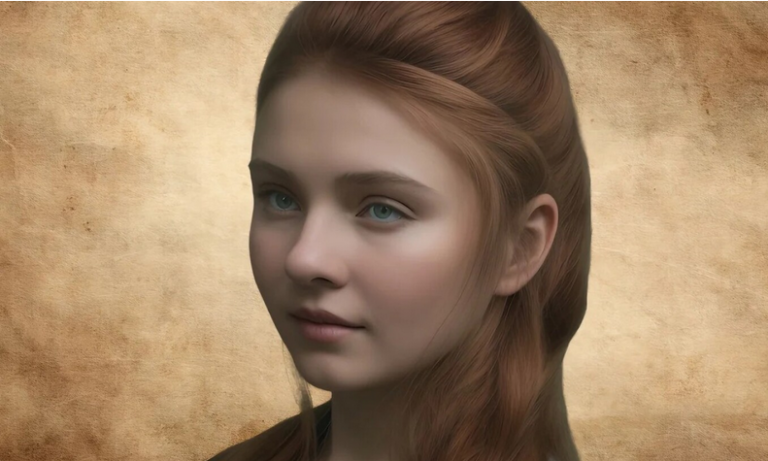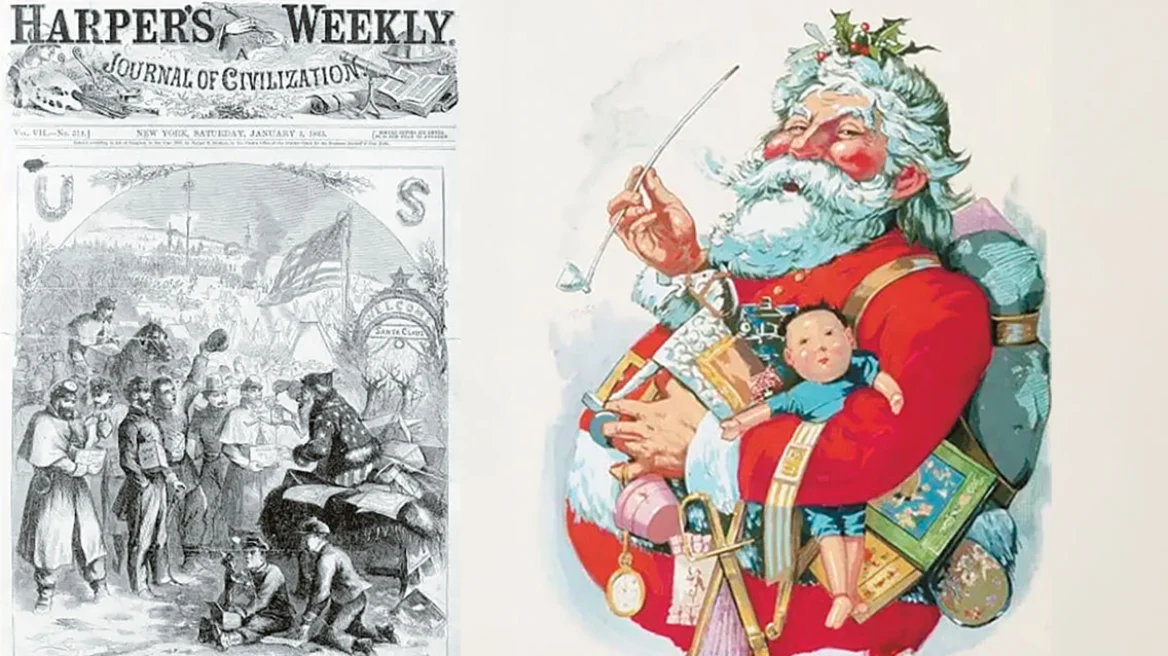For the first time, we can gaze upon the face of a royal woman who lived 3,500 years ago in Mycenaean Greece—centuries before the Trojan War and the time of Homer.
This woman, about 35 years old at the time of her death, was buried in a royal cemetery from the Mycenaean period, which was uncovered during excavations in the 1950s at Mycenae—the legendary kingdom of Agamemnon.
Historian Dr. Emily Hauser, who commissioned the digital reconstruction of the face, described the result as “unexpectedly modern”: “It took my breath away. For the first time, we see the face of a woman from a kingdom linked to Helen of Troy and Clytemnestra—a figure who could have been their sister,” she told The Observer.
The reconstruction was based on a clay mold made in the 1980s by scientists at the University of Manchester and was digitally rendered by artist Juanjo Ortega G. Hauser, a senior lecturer at the University of Exeter, emphasizes that technology—from forensic science and genetic analysis to 3D printing—now allows us to “look the past in the eye.”
Rethinking the Role of Women in Prehistoric Greece
The remarkable discovery gains even more significance due to the artifacts found with the woman’s burial. Among them were an electrum (amber-gold) mask and three swords, previously thought to belong to the man buried beside her. However, newer genetic analysis revealed that the two skeletons were siblings—not husband and wife, as originally assumed.
“This woman was in the royal tomb because of her lineage, not her marriage,” Hauser explains. “And that shows us how important her own identity was.”
Moreover, new data suggests that in Late Bronze Age tombs, more warrior kits (weapons and armor sets) are being found with women than with men—prompting a radical reevaluation of women’s relationship with warfare during that era.
Her skeletal profile showed signs of arthritis in her spine and hands—possibly the result of intensive weaving work.
“It’s a reminder of the physical strain women endured at the time—like Helen in the Iliad, who is described as weaving,” Hauser notes.
A “Modern” Woman in a Mythical World
The image that emerges from the reconstruction is one of a dignified, dynamic, and powerful female presence.
As Hauser observes:
“This is a face that could have inspired legends—a woman worth remembering, not as a shadow of the men of her time, but as the protagonist of her own story.”
She is preparing to release her new book, “Mythica: A New History of Homer’s World, Through the Women Written Out of It“, which highlights the forgotten voices of women in the ancient world—this time, with evidence grounded in science.
Ask me anything
Explore related questions





